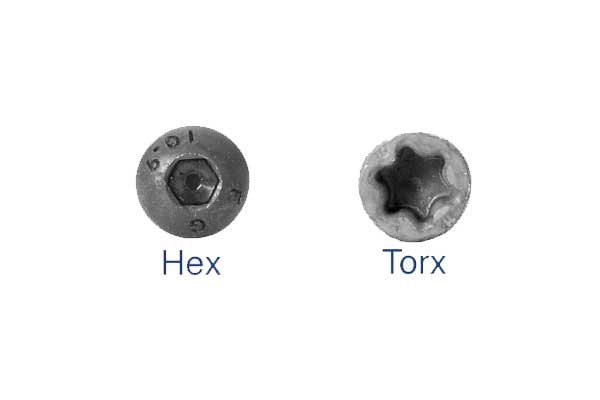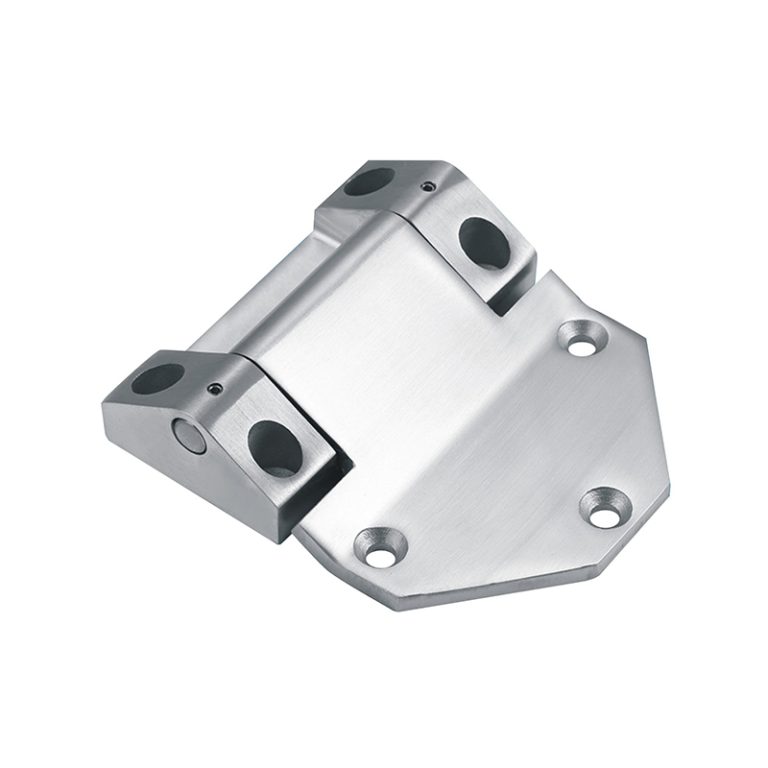Car Oil Drain Plugs: The Best Options
When it comes to car maintenance, oil drain plugs are often neglected.
A part responsible for sealing the engine drain opening – allowing for oil changes – choosing the right plug is crucial to preventing unwanted oil leaks.
When seeking the best option, it is essential to consider your vehicle’s model and year, ensure you have selected the correct size and thread, and choose quality materials such as steel or aluminium.
Whether you want to find out what this component is or you’re looking for tips to determine when it needs replacing, keep reading!
What is an Oil Drain Plug?
Oil drain plugs are an essential part of any vehicle, located on the underside of the engine crankcase.
The engine crankcase is a metal or aluminium frame that houses the engine block. It contains the engine lubricating oil.
![]()
- Goniometer: The best options for your garage
What is the Purpose of an Oil Drain Plug?
An oil drain plug is responsible for closing and sealing the opening through which the engine oil can be accessed. The plug screws into the crankcase and can be removed to drain oil from the engine during an oil change.
When the plug is removed, the used oil drains out of the crankcase, allowing it to be replaced with new, clean oil.
The primary function of the crankcase plug is to maintain engine operationality, as an essential component in the lubrication system, which encompasses engine components such as the oil pump and oil filter.
How Does an Oil Drain Plug Influence Engine Power?
In short, oil drain plugs allow for:
- Used oil to be drained during an oil change;
- Oil to be replaced. Simply remove the plug to drain the old oil and replace it with new, clean oil;
- Seal the crankcase to prevent loss of oil.
What is the Expected Average Lifespan of an Oil Drain Plug?
The service life of this component varies according to the quality of the material, as well as the driving style and frequency of oil changes carried out.
Under normal usage conditions and with the correct preventive maintenance, these plugs may last a few years. However, manufacturers do not recommend a specific timeframe for replacing it, as the part does not need to be replaced often.
Some symptoms indicate that you must replace your car’s oil change plug.
Like other car parts, it is essential to watch for these signs to avoid problems with oil leaks or engine damage.
How can you tell if your car’s Oil Drain Plug is Damaged?
Symptoms that allow you to identify whether your car’s oil drain plug is damaged are:
- Oil leaks;
- Damaged nut;
- Loose plug;
- Gasket or sealing washer – ensure you change the washer every time you change your oil;
- Signs of physical damage, such as dents.

What features should you Consider When Buying a Plug?
When buying an oil change plug, it is essential to consider some characteristics to ensure it is compatible with your vehicle and meets the appropriate sealing and safety requirements.
Therefore, you should take into account the following aspects:
- Vehicle make and model;
- Material;
- Thread and size;
- Sealing washer;
- Compatibility with oil type;
- Manufacturer’s recommendations.
How much does an oil change plug cost?
This plug generally costs no more than a few tens of euros, though the average price is 3 euros. The price will, however, depend on factors such as the make and model of your vehicle.
How Can You Choose the Right Oil Change Plug for Your Vehicle?
So that you can choose the most suitable model for your car, you must:
- Consult your owner’s manual and follow the specifications;
- Identify the model, make and year of your vehicle;
- Check the size and thread (measure the diameter of the crankcase hole and check the type of thread needed for the plug);
- Check the material from which it is made (if your vehicle originally uses a steel or aluminium plug, you should opt for a part made of the same material);
- Check the sealing washer: some plugs have a built-in sealing washer, while others require a separate gasket.
Where can you Buy an Oil Change Plug?
You can buy an oil change plug in a car parts store, dealerships, or specialised online stores.
How important is this plug to a car garage?
Oil change plugs are critical to the daily work done in a car repair workshop, as it is essential to ensuring the proper operation and maintenance of vehicles, especially in the following tasks:
- Oil changes;
- Crankcase sealing;
- Crankcase inspections;
- Plug replacements;
- Oil leak fixes;
- Engine damage prevention.
Which Options of Plug are Available in the KROFtools Catalogue?
The KROFtools catalogue features tools that simplify plug replacements, enabling you to provide a good service and increase the productivity of your workshop.
114 PCS Plug and Washers Set

This kit will allow you to repair crankcase threads, gearboxes or differentials. To do this, simply use the tap on the damaged thread to correct it, allowing you to fit the correct plug and washer.
This set is compatible with the most popular threads used in many automobiles and light commercial vehicles.
Click on the image to find out more about our 114 PCS Plug and Washer Set (ref. 1040).
Plastic Oil Drain Plug (10mm)

This adapter is essential for removing and installing special plastic oil plugs. Suitable for VW, Audi, Skoda and Seat 1.2, 1.4, 1.8, 2.0 TFSI. 1.6, 2.0 TDI.
Click on the image to learn more about our Plastic Oil Drain Plug (10mm) (ref. 1041).
Magnetic Sump Plug Removal Tool

This magnetic tool is a component with universal applicability that allows mechanics to safely remove plugs, avoiding contact with hot oil.
Click on the image to learn more about our Magnetic Sump Plug Removal Tool (ref. 2337).
Interested in finding out more about the world of all-things cars? Then follow us on Facebook and keep up with our daily content.
![]()





